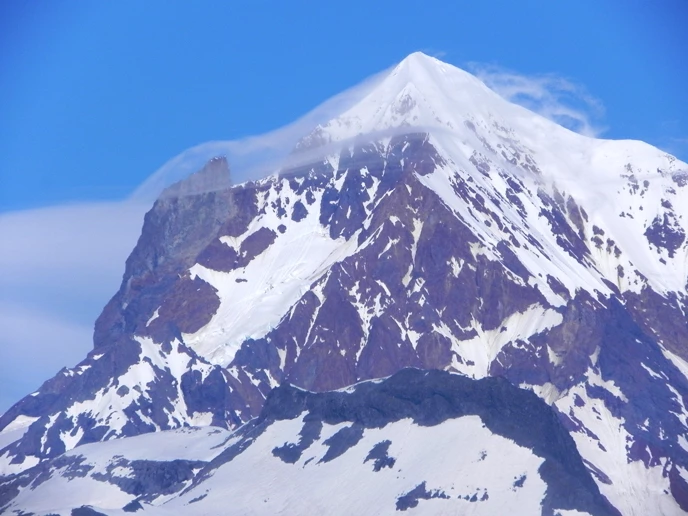
NPS
Katmai’s rugged landscape is representative of the northern portion of the Alaska Peninsula. It contains two physiographic provinces—the Aleutian Range and the Nushagak-Bristol Bay Lowlands. These two provinces contain a diverse mosaic of natural features and ecosystems.
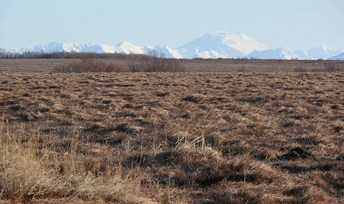
NPS/M. Fitz Nushagak-Bristol Bay LowlandsThe southwestern portion of Katmai is part of the Bristol Bay coastal plain. This is the only portion of the Nushagak-Bristol Bay Lowlands physiographic province in Katmai. The terrain is relatively flat, with many poorly drained lakes and kettle ponds. A number of low ridges, sand dunes, and streams break the uniformity of this lowland expanse. Some permafrost also exists in this province. 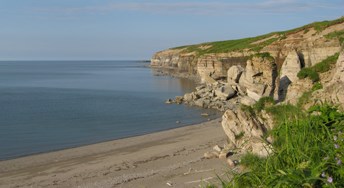
NPS The Aleutian RangeThis province is characterized by three landforms: the Shelikof Strait seacoast, the Aleutian Range, and the lake region centered around Naknek Lake. The Shelikof Strait seacoast is a rugged, diversified area of bays, beaches, and intricate coves. On the coast, steep cliffs rise dramatically and rivers cascade down steep canyons onto ocean beaches. 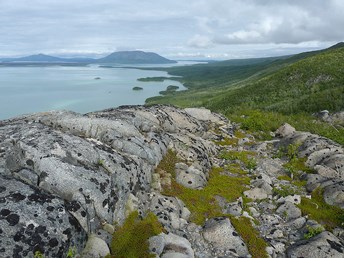
NPS/M. Fitz 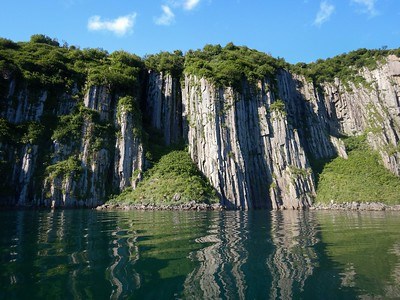
NPS Photo/K. Griffin Katmai's CoastSeparated from the rest of the park by the Aleutian Range, Katmai’s eastern coast is a spectacular wilderness area ranging from narrow fjords guarded by bald eagles to broad coastal flats monopolized by clam-digging bears. The 497 miles of the Katmai coast encompass an array of habitats which support a host of wildlife. |
Last updated: October 20, 2021
